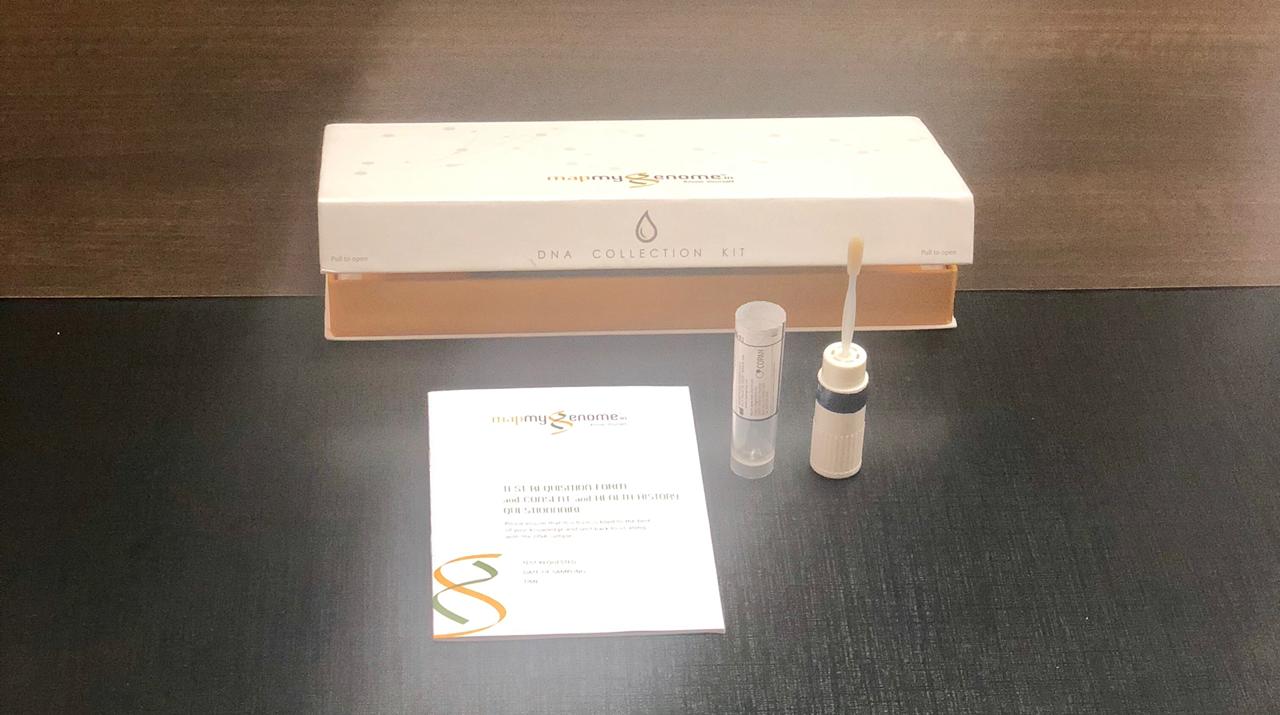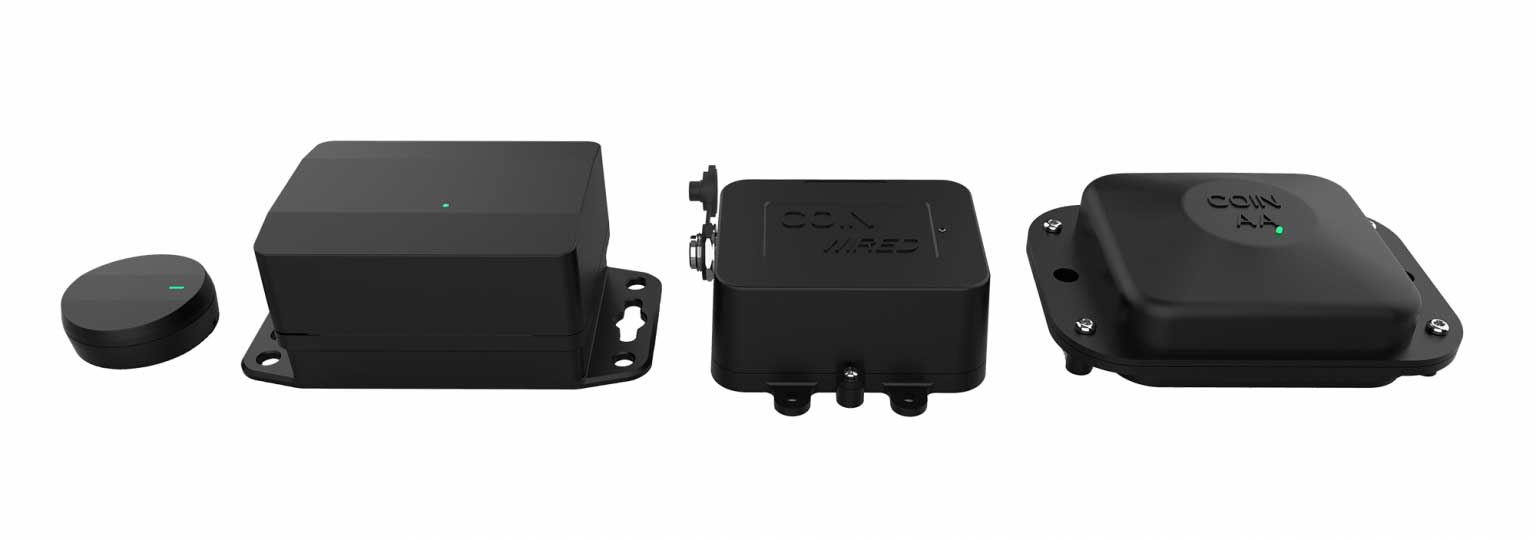Have you ever thought of getting a view of your genetic behaviour through an astrological analogy or derive its taxonomy to get a broader perspective of your overall existence? Mapmygenome’s flagship offering “Genomepatri” studies the genetic sequence to trace the ancestral root and heritable diseases to help people revise their lifestyle choices.
CoE IoT Official Blog
Mapmygenome®: Deriving valuable insights from DNA to empower people take charge of their well- being.
Founded in 2012 by two passionate entrepreneurs Anu Acharya and Subash Lingareddy, Mapmygenome® offers advanced health solutions that are formulated by combining genetic health profiles and health history with genetic counseling. The objective of the company is to acquaint people about their health by analysing their genetic history and providing actionable steps that can assist them and the doctor’s move towards a healthier and better life.
Anu Acharya’s entrepreneurial instincts persuaded her to start her entrepreneurial journey with Ocimum Bio solutions. This enterprising initiative was co-founded by IIT Kharagpur alumnus Subash Lingareddy. Their syndicate led to the establishment of a promising molecular diagnostics company- Mapmygenome®- one of the few companies in the country that work towards mitigating the gap between healthcare and personal health through cutting-edge technology and personal genomics. This information can help eliminate, prevent, treat and manage various types of hereditary diseases.
Backed by a powerful team of biotechnologists, statisticians, geneticists, bio informaticians, and medical counselors, Mapmygenome® brainstormed a wide spectrum of products and services, which also bestows healthcare providers with valuable information about their patients. This reduces the time and effort invested in analyzing and treating an ailment.
How do they work?
- Genomepatri Cardio: Genomics-based predictive risk assessment and management panel for cardiovascular diseases and diabetes.
- MyNutriGene: This helps in discovering the connection between genetics and diet. Through MyNutriGene individuals can conduct a detailed analysis of their eating habits which can have a huge impact on their fitness and help prevent diseases.
- MEDICAMAP: A cutting-edge pharmacogenomics test, which analyses an individual’s drug-response profile, based on genetic makeup.
- myfitgene: A program helps achieve cardio-respiratory fitness, muscle strength & endurance, body composition that aids in improving the strength and stamina of the body.
- Genomepatri Heritage: As the name suggests, this provision helps in unearthing the people’s ancestral origins. It decodes the DNA sequence and familiarizes people with their roots and their genetic behaviour.
- Genomepatri Immunity: A tool that enables users to identify gaps in immunity, including essential vitamins and minerals that contribute to immunity. This test also predicts risk for SARS-CoV and cytokine storm (adverse symptom of COVID-19).
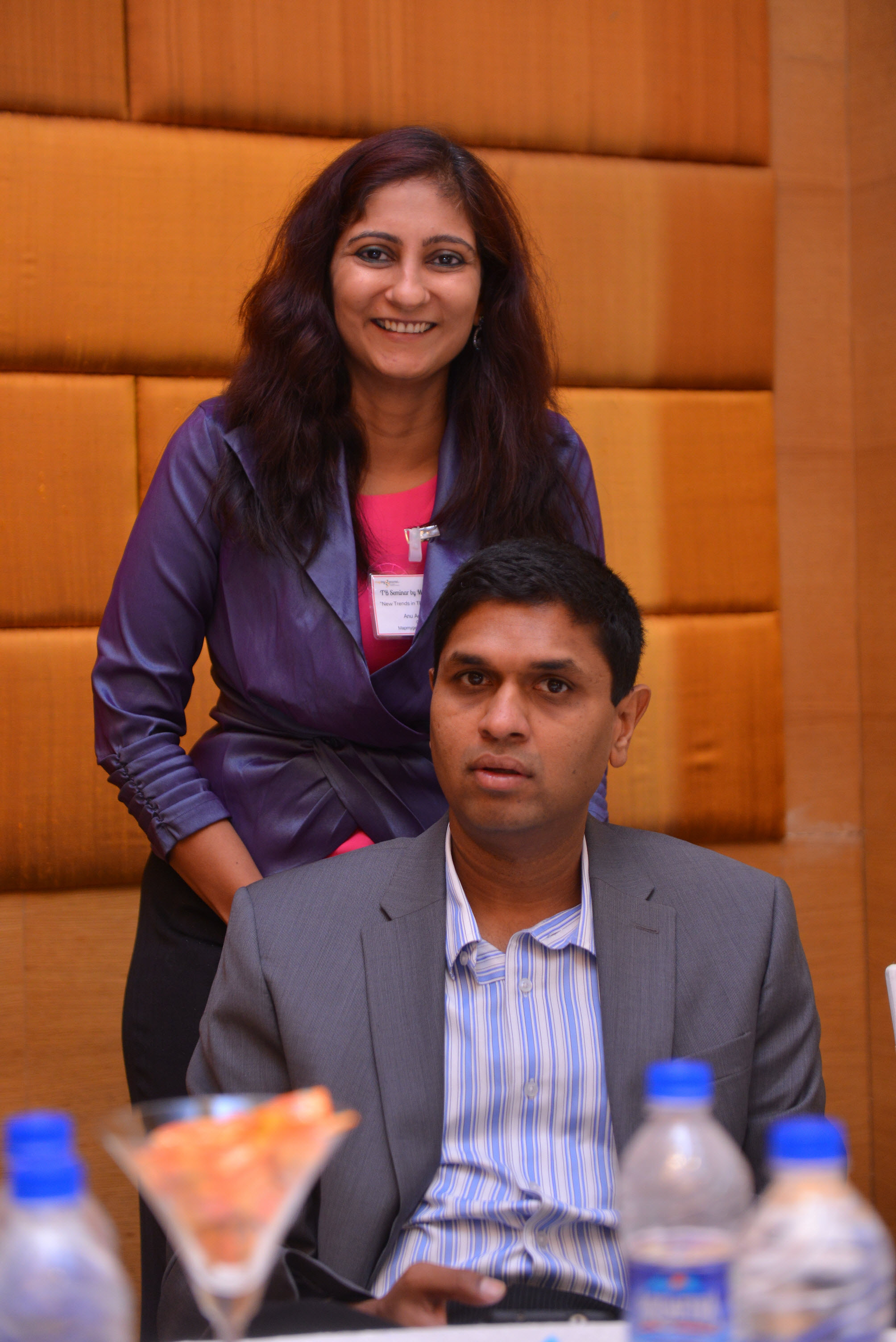
Mapmygenome® has also invented other avant-garde offerings such as TB Test Kit, NGS Tests, Genetic Counseling, and Chromosomal Microarray Analysis (CMA). Taking a step further, the company has taken the initiative of conducting comprehensive screening of cancer using genomics. Each solution is composed of latest technology and sequencing platform that observes a simple and non-invasive sampling.
The company brought into play its creativity and innovation to mint Covisafe™- a collection kit for COVID diagnostic testing. CSIR-Centre for cellular and molecular biology validated and certified the kit to be as per ICMR protocols. The kit’s exclusive feature is the nasopharyngeal/oropharyngeal swab that is used to be placed in a stabilizing solution containing RNAShield™ (a proprietary US FDA approved reagent from US-based Zymo Research. The team designed Covisafe™ to ensure the safety of the healthcare providers and staff who collect the specimens. This kit is easy to handle and can be used in the labs. It is compatible with RNA extraction kits, does not require cold-chain transport and can be stored at temperatures less than 25 degrees for about 30 days. The kit does not allow the fluid sample to deteriorate even after passing through multiple freeze-thaw cycles.
When the first case of COVID-19 was diagnosed in India, their team worked round the clock to develop Genomepatri Immunity and an RT-PCR based COVID-19 test. They were among the first private labs in the state to offer NABL and ICMR approved tests to the public. Today, they have 2 labs (including one at Hyderabad International Airport) and many COVID-19 sample collection centers including drive-thru centers. They have expanded their portfolio to include antibody testing, rapid testing, and so forth.
Mapmygenome® has had an incredible journey of pioneering genomic technology and redefining the dimension of wellness and health by exploring individual genetic traits. The firm has created a niche for itself in the personal genomics industry, setting national and global footprints. In 2020, the company collaborated with Apollo Clinic to launch DNA-based health tests.
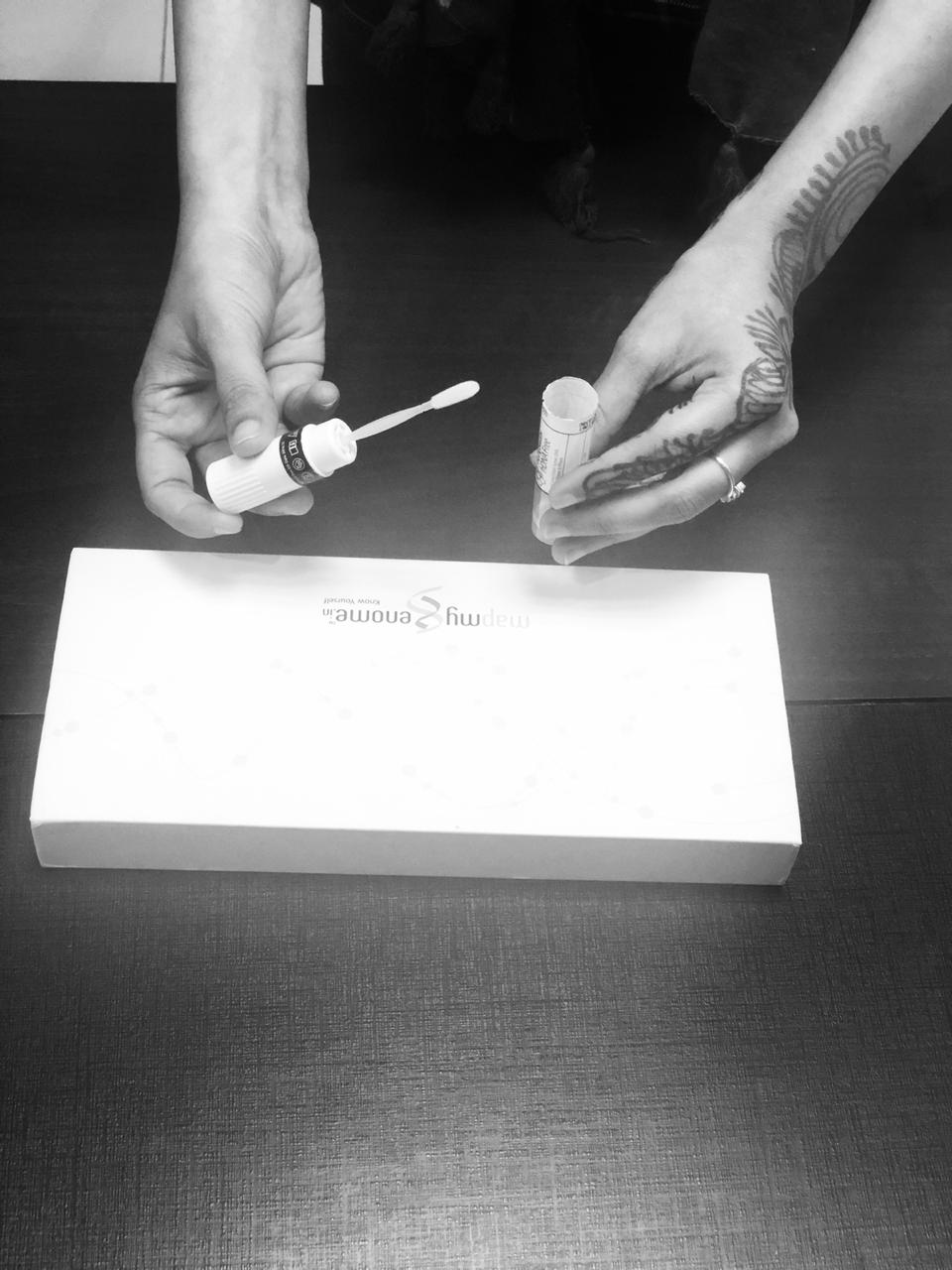
NASSCOM Center of Excellence IoT& AI vouchsafed Mapmygenome® with the opportunity of showcasing their successes in implementing digital technologies in healthcare, at its flagship healthcare initiative at the seventh edition of Lifesciences & Healthcare Innovation Forum (LHIF). This participation got them great interest from individuals as well as HCPs.
“Some of our recent achievements include the winning of ‘Technologies for Rural Healthcare’ category of 2019 edition, Achiever of the Pride of Telangana – 2018 awards in the Start-up category, Nasscom Emerge 50 2015 – League of 10 Profile, and many. We have bagged US$1.1 million in a pre-series A round of funding from Google India MD RajanAnandan and other angel investors in 2015 and concluded a deal that enabled us to secure around $20 million,” says Anu Acharya, Co-Founder & CEO, Mapmygenome®.
Mapmygenome® has set the bar high: it aims to expand its team, leadership, and counselling network. It endeavours to touch 100 million lives and save a million in the coming decade.
For any further information\query you can write to us at Co-innovate@nasscom.in
YogiFi: Developing innovative systems and intelligent solutions that make holistic wellness accessible for everyone!
The pandemic has pushed us into embracing a new way of living where we remain confined and isolated. This unprecedented change has caused a severe impact on our mental and physical well-being which is why many have turned to the art of Yoga to curtail stress, enhance health, boost immunity, battle chronic diseases and build harmony between the mind, body, and soul.
The Bangalore-based start-up, WELLNESYS is integrating ancient science with modern technology to deliver holistic wellness, assisting people to create and customize the best online and offline yoga. It puts forward a wide range of yoga learning sessions and meditation content that suits all ages, gender, and body. These sessions are curated by global experts who aspire to help people achieve the much-needed mental and physical discipline and peacefulness in times of this coronavirus pandemic.
WELLNESYS was one of the 12 start-ups which made it to the fifth edition of the Qualcomm Design in India Challenge-QDIC 2020, an initiative by Qualcomm that encourages design houses and product companies to invent useful and innovative hardware product designs incorporating Qualcomm chipset platforms and technologies. It ended the QDIC incubation as a second runner up. Qualcomm has been a very actively engaged partner of CoEIoT.

“Qualcomm Design-in-India Challenge has opened the doors for Make-in-India for our start-up. Qualcomm leadership team has been very supportive of our start-up journey, making meaningful connections, at the right time. The patent incentive has been really helpful as we could file more patents in the process,” states MuralidharSomisetty, CEO & Founder, YogiFi.
The fountainhead of Wellnesys, MuralidharSomisetty found solace in yoga for treating his spine injury without undergoing any surgery. The miraculous advantage of this holistic science encouraged him to pursue the art and propagate it. He soon came across the underlying challenges in the adoption and effectiveness of online yoga sessions. To mitigate this problem, he masterminded an award-winning product, YogiFi to revolutionize holistic wellness in the healthcare and fitness technology landscape, making yoga an integral part of our everyday routine.
“YogiFi is here to motivate, guide, and help every individual adopt the culture and exercise the healing power of yoga; guiding them towards a healthy and happy lifestyle. During the pandemic, the YogiFi app delivered at-home interactive yoga sessions using computer vision (camera of a smartphone) besides the smart mat solution with patented asana tracking technology. Each session is curated based on the insightful data and various metrics gathered from the mat: strength, alignment, flexibility, and endurance. Users can now understand the effectiveness of the yoga session with vitals data correlated from wearables such as Apple Watch,” he adds.

The start-up has leveraged technologies like Sensors, IoT, edge computing, AI, Computer Vision, and Apps to create an absolute wellness solution that synthesizes a nonpareil online and offline yoga studio experience at home. Its smart and eco-friendly yoga mats are sensor-equipped and are designed to be paired with the mobile app for enabling an interactive and immersive yoga class experience. These yoga mats can be connected with YogiFi App that acts like personal trainers, extending advanced interactive sessions, tracking the user’s activity & progress, and give real-time feedback on postures and flexibility. YogiFi delivers interactive and immersive yoga classes straight to an individual’s home using the fusion of smart mat and computer vision. YogiFi’s Virtual Studio feature in the app transports users (virtually) to exotic landscapes such as the Himalayas, Forest, Beach, and more by using AR/VR technology. This innovative solution is called “Yoga By Nature” and creates a real-life learning experience amidst a virtual yet aesthetic ambiance. YogiFi is also looking at launching a feature soon to enable user to practice along with a personal trainer or even participate in a fun challenge with any of their friends or peers on the YogiFi’s community leader board. It is compatible with wearables such as Apple Watch, FitBit for biofeedback and well-integrated with smart ecosystem products such as Google Home, Smart TV and others.
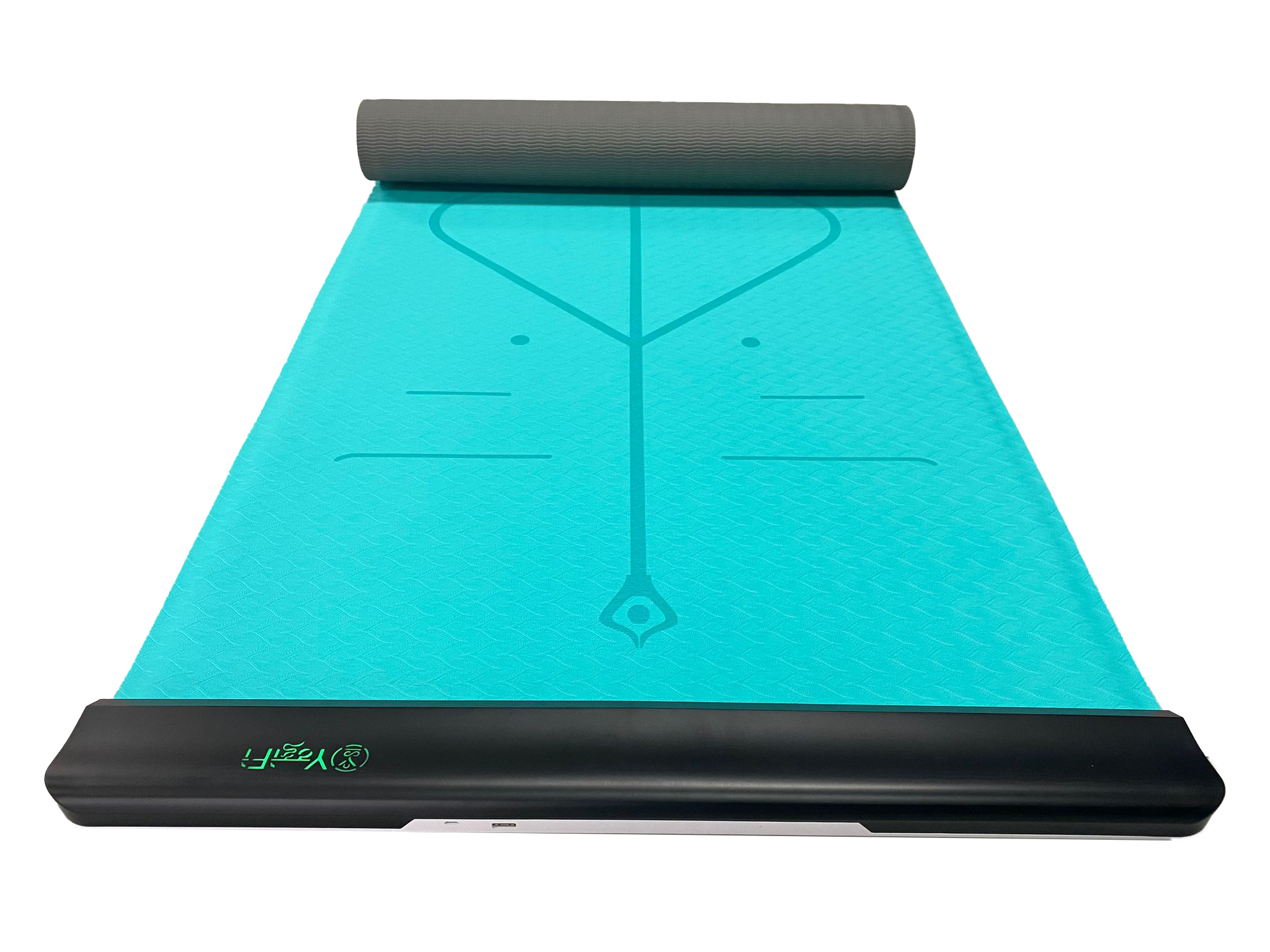
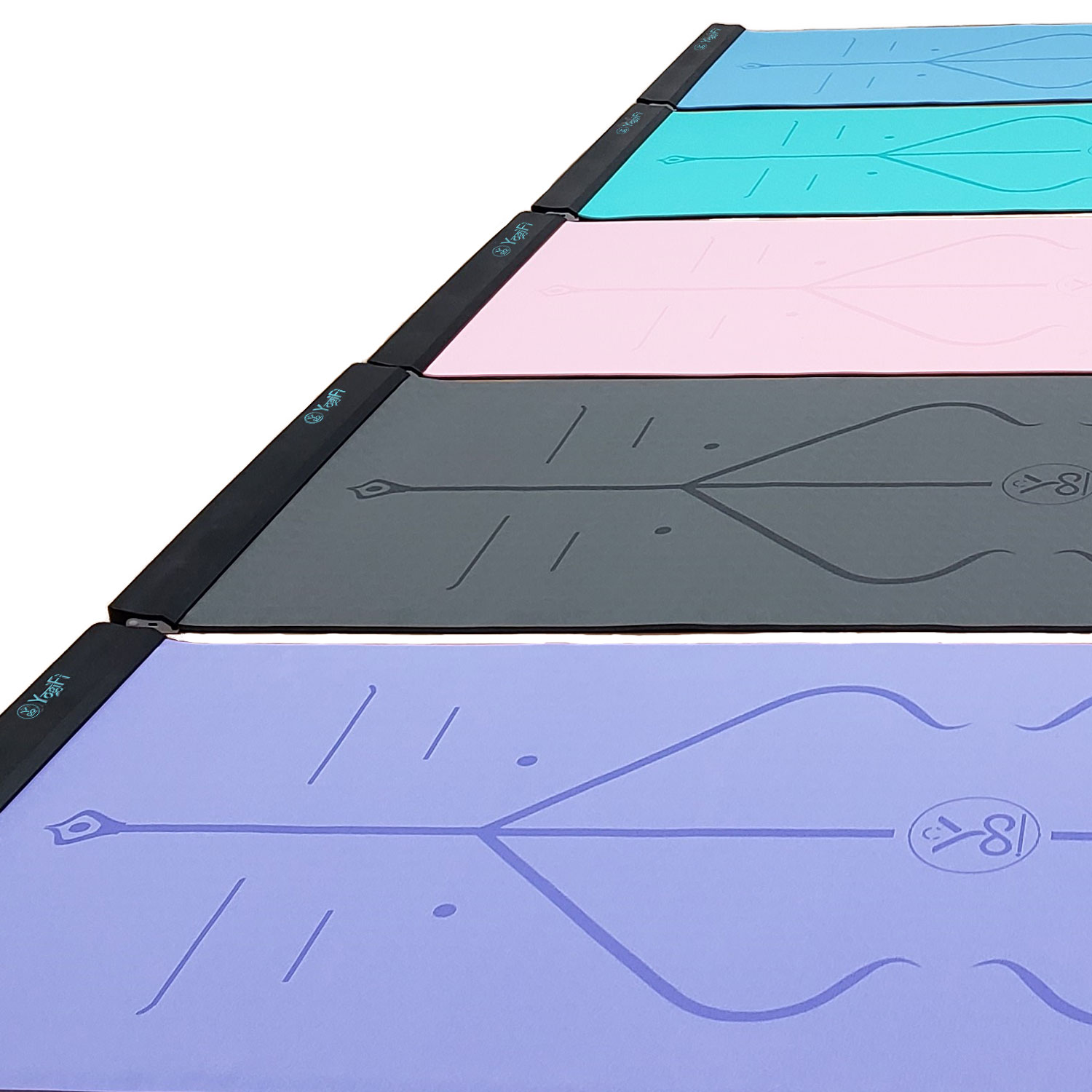
Within two years of its establishment, YogiFi has set a strong foot in the international market and has been successful in its endeavour of becoming a smart wellness companion, delivering technology-enabled solutions that are accessible by everyone, anywhere, and at any time. This initiative has won the company an array of innovation awards and global recognition with multiple media mentions.

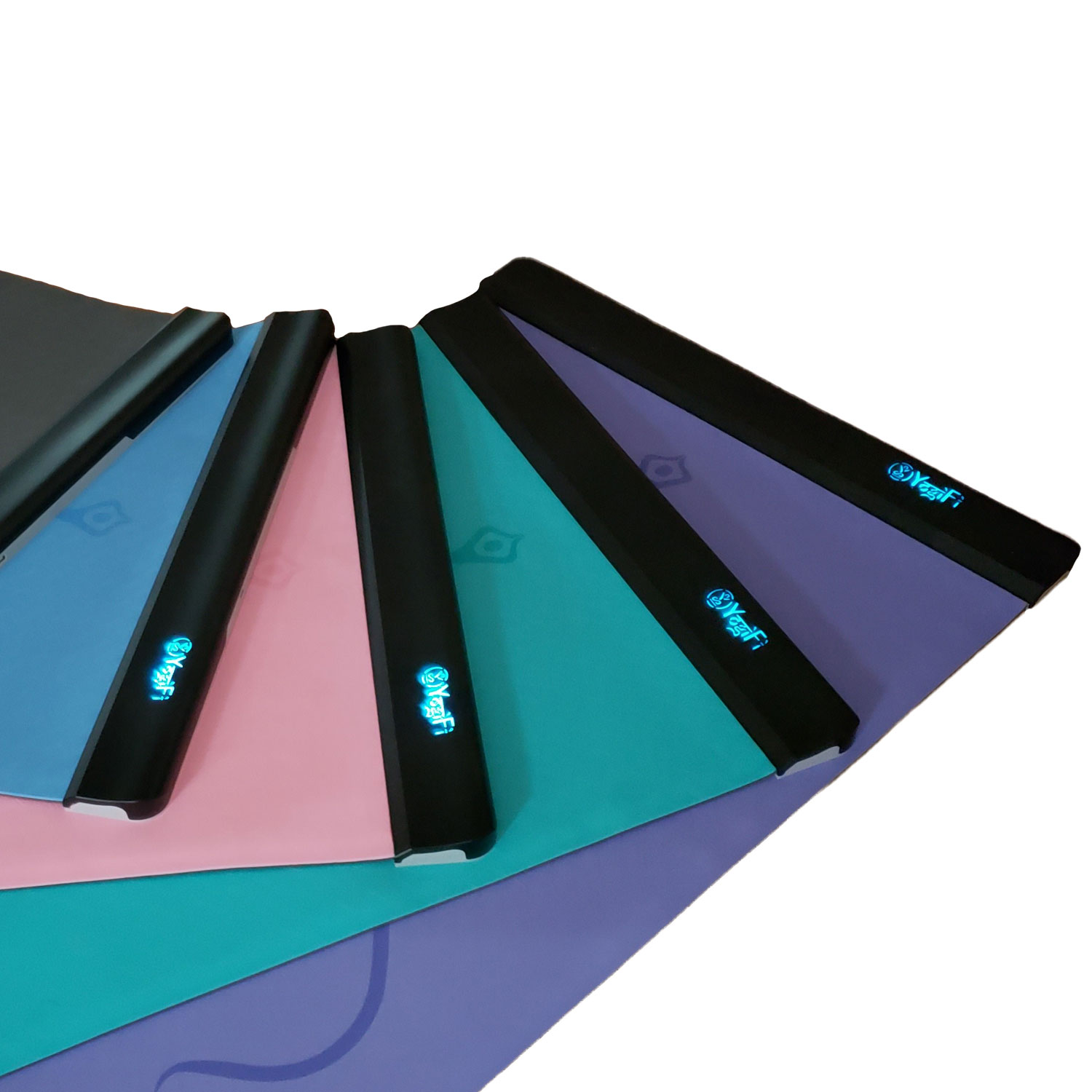
Under the aegis of the Make-in-India initiative and local assembly line, YogiFi envisages developing a lighter version of the product that is affordable and fits into the price-sensitive markets such as India, Asia-Pacific region. It aims to make yoga classes accessible across socio-geo-demographic boundaries and gamify the learning process through modern technologies.
For any further information\query you can write to us at Co-innovate@nasscom.in
CARER: An Integrative and Holistic platform that ensures Personalized Cancer Care!
The word cancer has been tormenting families for many centuries now. The diagnosis of this disease causes a lot of physical and psychological distress to patients and their families. Founder & CEO of CARER, Samara Mahindra’s subjective encounter with cancer has been an eye-opener where she realized that there were only methodical approaches availed for treating cancer and no emphasis is given to the quality of life or measures that can effectively support pre-cancer and post-cancer treatment. Intending to provide the sick and their family the support they need in their cancer journey, Samara along with a masterly team of Oncologists, Patients, and Science structured the foundation of Personalized Cancer Care providing platform- CARER that aims to be a ray of hope for people battling cancer and helping them heal, feel and live better.
Headquartered in Bangalore, CARER is on its mission of establishing a unique AI-driven integrative oncology health tech solution that will focus on 360-degree interactivity and connection between every health service provider, partner & patient, in-depth health tracking, therapeutic intervention, community building, data and content management. It offers an extensive range of programs that can be categorized into three parts-Integrative therapy for treatment, Integrative therapy for post-treatment, and Nutrition for Cancer.
The efficient team of Carer put their brains together to think up exclusive methodologies and therapies that consist of Nutrition Therapy, Movement & Meditation Therapy, and Mental Well-Being Therapy. One can also find recipe books, Cancer Essentials Guidebook, and other quality products that suit the needs of the patients at the CARER store. Since day one, CARER has been diligently working towards building credibility and evidence through clinical trials and patient pilot studies. They have curated a unique methodology that has proven to enhance cancer patients’ condition in multiple factors and parameters, curtailing their side-effects, improving immunity, and ensuring better treatment outcomes.
Additionally, CARER is advancing services to support patients recovering and healing from COVID as well as cancer. “At CARER, we made sure to provide services that supported efficient delivery of services and immediate response to our patients through technology. We have created certain specific therapeutic interventions for COVID-positive cancer patients and have partnered with other homecare service providers to make sure that our patients are getting access to high quality COVID care at home,” Samara Mahindra, Founder & CEO of CARER.

CARER started its journey in the year 2018 and in two years it has carved a niche for itself in the industry. The startup has to date treated over 400 cancer patients with 43 different cancer types. It has partnered with doctors, home care providers, diagnostic chains, genetic testing labs, pharmaceutical companies, and more than 10 leading hospital chains across the country suchas Fortis, Manipal, Aster CMI, NH, and others. This technology-driven platform has established a firm global presence and worked with patients in different parts of the world, from UK, US, Africa, South East Asia to the Middle East. Among the many projects, CARER had executed a prominent clinical pilot with HCG Hospital for patients suffering from head and neck cancer. The results of this study are being admitted for publication. Furthermore, CARER has secured seed funding in its very founding year.
“Our partnership with a reputable technology company and their connectivity with the international healthcare market has proven to be beneficial for us. This association helped us to have a better grasp of the healthcare ecosystem and following suit with the scientific methodologies that are enabled by technologies and are being developed all around the world. They have guided CARER to create a transformational integrative oncology solution, for the first time here in India. We are the first and only company that provides integrative oncology solutions to cancer patients,” she adds.
CARER has visualized its strategy towards building the largest integrative oncology technology platform that is AI and data-driven and completely focused on retrieving deeper clinical and non-clinical data points. The company will also be dedicating a section of its man oeuvres to recognizing larger clinical trials and R&D, along with brand building and patient acquisition.
“NASSCOM has been a great support system in encouraging and assisting companies such as ours that are trying to make a massive impact and solution-driven to change the way healthcare is administered. We are often connected to other large healthcare entities for various projects, through NASSCOM, which might not have been possible or as easy otherwise. The team has been extremely supportive and has taken a personal interest in helping us build valuable propositions for various projects.” Samara Mahindra, Founder & CEO of CARER.
For any further information\query you can write to us at Co-innovate@nasscom.in
AarogyaAI: Leverages contemporary technology and sciences to combat fatal infectious diseases!
Systematic integration of technology has utterly revamped the way medical care is conferred to patients, enhancing patient-physician interaction, and making healthcare more accessible & flexible than before. At the current set of circumstances where the entire world is grappling with a healthcare crisis, technology like Artificial Intelligence has helped in reducing the time spent in executing healthcare management activities at the fraction of the price.
Healthtech startup AarogyaAI is using AI-enabled software for expediting diagnosis and enabling personalized treatment within a few hours. Founded by two promising innovative women entrepreneurs Dr. Praapti Jayaswal and Avlokita Tiwari, AarogyaAI will combat lethal infectious diseases like Tuberculosis and develop an AI-driven software to diagnose Drug-resistant Tuberculosis, expediting the process of diagnosis and effective treatment.
AarogyaAI is one of the six startups that have graduated from the India Edison™ Accelerator, Cohort 2- GE Healthcare’s second startup-collaboration program that intends to nurture the startup ecosystem and work with them to create innovative and effective healthcare solutions.
The AarogyaAI software innovated by the company is deployed in the GE Edison platform. It is empowered with a Machine Learning algorithm that has the ability to make sense of complex genomic data and output an easy to comprehend drug sensitivity report which augments clinical decision-making. Thus, each patient’s antibiotic prescriptions are customized to their specific need.
“Artificial intelligence helps convert large amounts of complex data to concise factoids that can augment a doctor’s clinical decision making. The AarogyaAI’s SaaS requires minimal infrastructure and basic training to operate and can report a copper-bottomed patient’s drug susceptibility status in a few hours,” states Dr. Praapti Jayaswal, Co-Founder & CEO, AarogyaAI.

Since inception, AarogyaAI has created a buzz in the ecosystem. The firm has secured investment from one of the largest genomics companies in the world, Illumina Inc., USA. In 2019, the team at AarogyaAI was awarded the Best Pitch by Shakti – The Empathy Project. It made its way to be a part of the San Francisco-based Illumina Accelerator Program in 2020. In March 2020, AarogyaAI also won the BIRAC TiE WInER Award which is accredited to Women in Entrepreneurial Research by the Biotechnology Industry Research Assistance Council (BIRAC).
In addition, winning awards like the Indo-Sweden Healthcare Innovation Challenge, organized by the Ministry of Health and Family Welfare, Government of India, and getting on board in the GE Healthcare’s Indian EdisonTM Accelerator platform has gained it national as well as international level recognition.
“We established AarogyaAI in 2019, with the sole purpose of revolutionizing the method of treating Tuberculosis and saving lives. We have partnered with leading diagnostic labs & hospitals in India for building & validating the product. Eventually, we aim to anticipate the evolution, nature, and pattern of the bacteria, along with predicting the future drug resistance structure. We leverage AI/ML and genomics, to rapidly and comprehensively diagnose drug resistance in infectious diseases. We also intend to use AI, ML, and IoT technologies to ensure that patients even in the most remote corner of India, have access to the latest diagnostics and treatment options,” states Avlokita Tiwari, Co-Founder, AarogyaAI.
With a vision to contribute to ending tuberculosis globally, the founders are driven by the concept of translation of research into real-world application. AarogyaAI envisions assimilating years of research to combat antimicrobial resistance in infectious diseases. The company wants to employ cutting-edge technology – genomics and AI to ensure patients are provided precision diagnosis to enable effective medication. The intention is to collaborate with centers from different geographical locations in India, and abroad; and expand the database on more first and second-line anti-TB drugs. The AarogyaAI solution will be able to predict new mutations that confer drug resistance in the bacteria. AarogyaAI aims to impact human health and build facilities where no one is subjected to incorrect medication and is left to deal with very harmful side effects.
“AarogyaAI is on a vision to develop a time and cost-effective test for the drug-resistant tuberculosis. Their technology will go a long way in addressing the appropriate management of the disease burden and potentially contributing to the ending of the TB epidemic by 2030, which is one of the heath targets of the United Nations Sustainable Development Goals.” Abhijit Patil, Senior Director – AI & Analytics: Advanced Technology Group @ GE Healthcare and India EdisonTM Accelerator Cohort 2 Mentor.
Tackling The Cancer Epidemic Using AI
In recent times, breast cancer has become the most common type of cancer affecting women worldwide accounting for 25% of all cancer cases and affected 3.5 million people in 2017-18. Early diagnosis in these cases significantly increases the chances of survival. The key challenge in cancer detection is how to classify tumours into malignant or benign. Research indicates that most experienced physicians can diagnose cancer with 79% accuracy while using artificial intelligence based diagnosis, it is possible to achieve 91% accuracy.
NASSCOM CoE-IoT & AI & Eqounix Tech Lab organised a hands-on session on 28th September 2019, 10am onwards at the CoE Gurugram center on Breast Cancer detection. This was a paid session and there were over 50 attendees, consisting of basic & advanced developers from enterprises like Sopra Steria, United Health Group, TCS, HCL, Inventum Technologies, Publicis Sapient, Globallogic etc and startups like Attentive AI, Empass, Anasakta Labs, NEbulARC, SirionLabs & Vision Networkz. Students from ICGEB/JMI, Indira Gandhi Delhi Technical University etc also participated in the session.
The session first half focussed on Wisconsin Diagnostic Cancer (WDBC) & Invasive Ductal Carcinoma (IDC) datasets insights, Visualization of Dataset, feature selection and why they are chosen and how the physical parameters are translated into a dataset. In the second part, the focus was on Feature Selection and CNN, random forest based classification of cancer as malignant or benign followed by the optimised the deployment strategy & cost estimation
WISCONSIN DIAGNOSTIC BREAST CANCER (WDBC):
The samples consist of visually assessed nuclear features of Fine Needle Aspirates (FNAs) taken from patients. Attributes 3 to 11 were used to form a 9-dimensional vector which was used to obtain a neural network to discriminate between benign and malignant samples. Cross-validation was used to project the accuracy of the diagnostic algorithm.
| Field | Attribute |
| 1 | Sample code number |
| 2 | Class: 2 for benign, 4 for malignant |
| 3 | Clump Thickness |
| 4 | Uniformity of Cell Size |
| 5 | Uniformity of Cell Shape |
| 6 | Marginal Adhesion |
| 7 | Single Epithelial Cell Size |
| 8 | Bare Nuclei |
| 9 | Bland Chromatin |
| 10 | Normal Nucleoli |
| 11 | Mitoses |
INVASIVE DUCTAL CARCINOMA (IDC)
Invasive Ductal Carcinoma dataset originally consisted of 162 slide images, scanned at 40x. From that, 277,524 patches of 50×50 pixels (which is converted to 32 x 32pixels to fit the model architecture) were extracted, including, 198,738 IDC negative examples & 78,786 IDC positive examples. Each image in the dataset is labelled based on the following parameters:
- Patient ID: 10253_idx5
- x-coordinate of the crop: 1,351
- y-coordinate of the crop: 1,101
- Class label: 0 (0 indicates no IDC while 1 indicates IDC)
CNN Architecture used:
- Used exclusively 3×3 CONV filters, similar to VGGNet
- Stacked multiple 3×3 CONV filters on top of each other prior to performing max-pooling (again,
similar to VGGNet)
- But unlike VGGNet, used depthwise separable convolution rather than standard convolution layers
- Keras Sequential API is used to build CancerNet
The model achieved 86% classification accuracy, 85% sensitivity, and 85% specificity.
CODE REPOSITORY:
https://bitbucket.org/tdequonix/cancer_detect_meetup_resources/src/master/
Enter git clone and the repository URL at your command line:
git clone https://shantanugaur@bitbucket.org/tdequonix/cancer_detect_meetup_resources.git
- build_dataset.py : Builds the dataset by splitting images into training, validation and testing sets.
- cancernet.py : Contains CancerNet breast cancer classification CNN
- train_model.py : Responsible for training and evaluation of Keras classification model
DATASET & PRESENTATION:
https://drive.google.com/open?id=1kgbtXSkDhDXK1aTCb8l1GvQcOn3iTjZQ
NEXT SESSION:
The next session will be focussed on the Prognostic system. This recently put into clinical practice, is a method that predicts when the cancer is likely to recur in patients that have had their cancers excised. This gives the physician and the patient better information with which to plan treatment and may eliminate the need for a prognostic surgical procedure. The novel feature of the predictive approach is the ability to handle cases for which cancer has not recurred as well as cases for which cancer has recurred at a specific time.


CDAC Workshop on Healthcare Data Standards, Data Privacy and Data Security

Electronic/Personal Health Records (EHR/PHR) and Hospital Information Management Systems (HIMS) are at the core of healthcare data aggregation, as innovators strive to integrate their technology solutions with the country’s existing EHR/PHR and HIMS databases.
C-DAC, an entity of MeitY, is at the helm of innovation in technology for several industries including healthcare. For the last 20+ years C-DAC has been working on Health Information Solutions covering multiple business needs prioritised by the Government.
NASSCOM CoE-IoT organized a workshop where the leadership teams from C-DAC provided an overview of the entire health-stack developed and implemented by them. Nearly 30 Startups participated in the workshop to learn about the relevance of EHR2016 standards, provisions in the draft DISHA guidelines on Data Privacy & Security and the modalities for integrating their digital solutions with C-DAC applications through API integration.
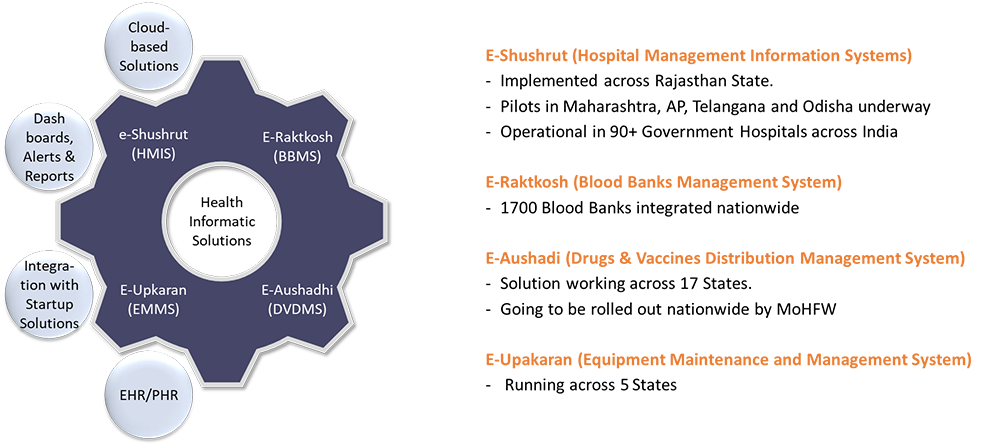
An interactive Panel Discussion was moderated by Raghuram Janapareddy, Director (Lifesciences & Healthcare), NASSCOM CoE with the panellist Mr.Vivek Khaneja Executive Director, Mr.Pavin Srivastava, Associate Director and Mr.Rajiv Yadav Associate Director. The startups clarified their doubts on Data Security/Privacy, EHR Standards and the opportunities to work with C-DAC. Later Startups made presentations about their solutions for the benefit of the C-DAC Team.




